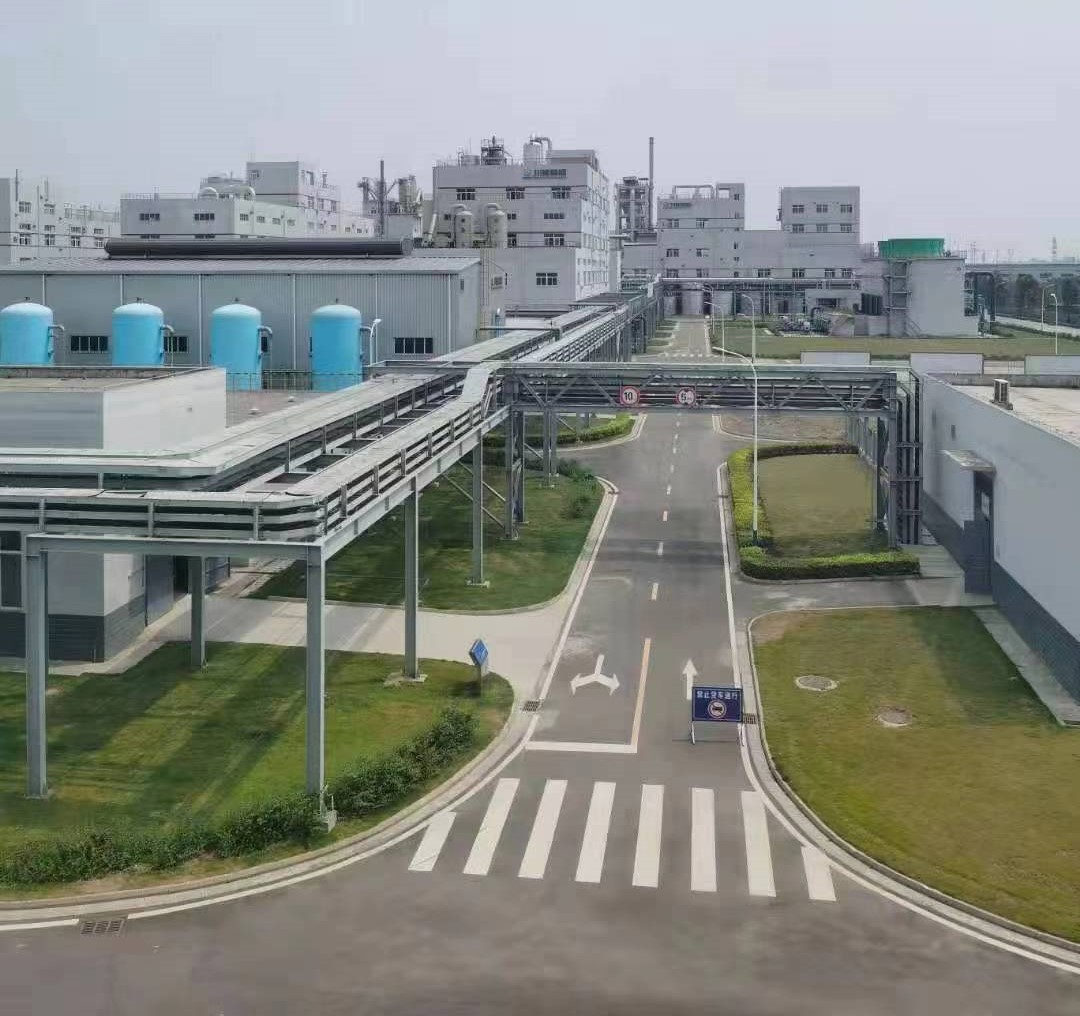Rhodochrosite
Jun,27,25
Chemical formula: MnCO₃ (manganese carbonate, occasionally containing calcium, iron and other impurities).
Features: iconic pink or rose red, like the texture of strawberry toffee, often in layers or stripes. Afraid of acid and easy to dissolve, low hardness (3.5-4), but good-looking!
"Inca Rose" is its stage name in the gem industry! It is super beautiful when cut into a curved surface or beads, but there are few pure colors, mostly striped models. The rhodochrosite crystals in Argentina can also be used as luxury mineral marks-pink like "rose cake".
Mainly manganese and carbonate, iron and calcium occasionally come to guest star, the color will be orange or brown. When the manganese content is high, it can even be used as manganese ore.
The crystal form is often rhombohedral (like a rhombic sugar cube), and there are also grape-shaped and stalactite-shaped aggregates. Large crystals are rare, and once they appear, they are screaming models in the collection world!
Physical properties: glass luster, crispy physique, can be scratched with a knife. The density is about 3.7, and it is heavier than ordinary stones in the hand.
Optical properties: translucent to opaque, weak pleochroism (color does not change much when changing angles). Refractive index 1.6-1.8,
relative to calcite.
Other characteristics: bubbling in hydrochloric acid (a skill inherited from carbonates), faded after long exposure to the sun. Contains manganese so it has weak magnetism? No, it is actually a "pseudo-magnet".
Geological occurrence: a delicate package of hydrothermal deposits, often neighbors with silver, lead, and zinc mines. It also likes to be a "sandwich layer" in sedimentary rocks, such as pink stripes in shale.
Global origin: Argentina (the "rose cake" of Capilita Mine is the best in the world), the United States (the rhombohedron of the Sweet House Mine is absolutely beautiful), Peru, South Africa, China (Southern Jiangxi, Guizhou).
Origin of the deposit: Hydrothermal says: "I poured manganese solution into the cracks!" Sediment says: "I was transformed from seabed manganese nodules!" Metamorphic says: "Don't make a fuss, I transformed it!"
Current market value: ordinary raw materials are tens of yuan/kg, but gem-grade facets can exceed thousands of yuan/carat! The mineral specimens are even more exaggerated - the top-grade Argentine goods are palm-sized and dare to be priced in six figures.
Industrial application: manganese ore spare tire (not as good as pyrolusite), but it mainly relies on appearance to make a living - cutting gems, placing mineral labels, and making carvings.
Scientific research and environmental challenges: mining manganese ore is prone to polluting water sources (acidic wastewater warning), but rhodochrosite itself is harmless to humans and animals. Scientists love to study the cause of its color: is it the manganese ions that are self-excited or impurities that are messing up?
Rhodochrosite is the "sweetheart baby" in the mineral world, and the pink color number that makes the tough geologists can't help but cry! Although the hardness is not good, it can't resist the natural girlish heart - the striped one looks like pork belly, the crystal one looks like pink diamonds, and the "cake mine" in Argentina is directly enshrined.
Next time you see a pink stone, don't rush to shout "strawberry pudding", take out a knife and scratch it first (hardness test), maybe you will pick up a treasure!






